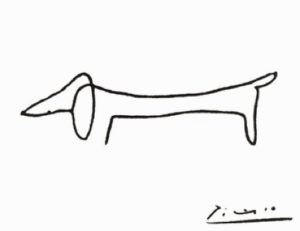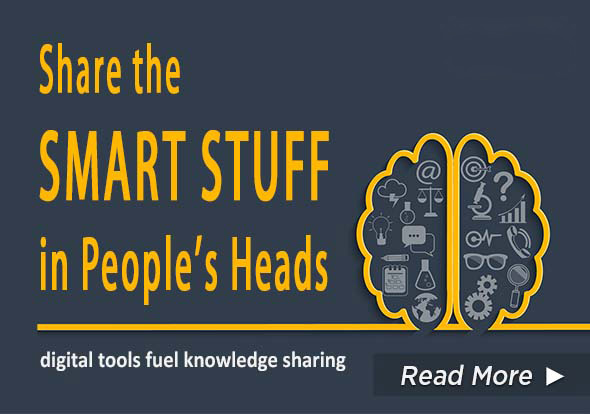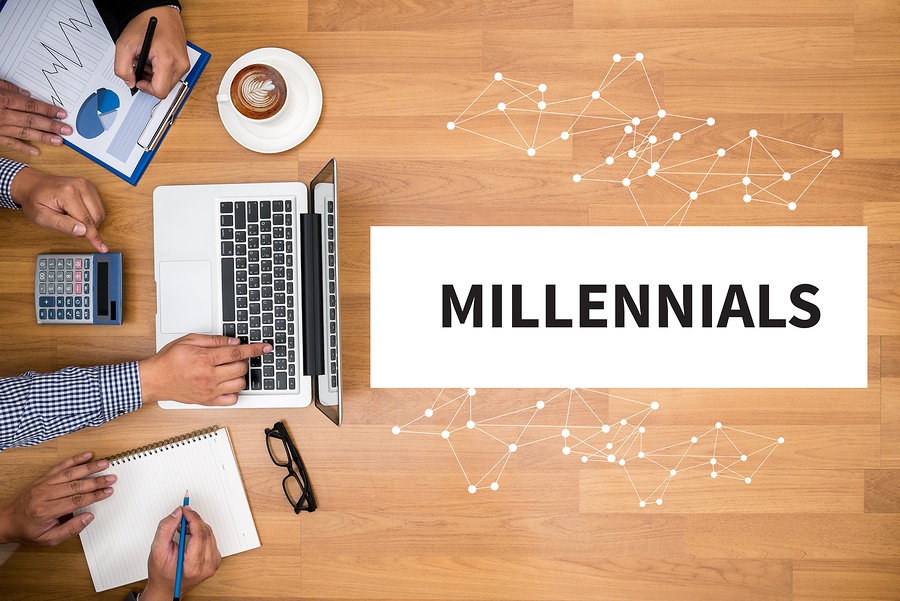How Mindfulness can enhance Creativity & Innovation
by Shannon Jordan, M.A.
![]()
Mindfulness – What’s All the Hype About?
The past several years have seen a proliferation of mindfulness references in both the popular media and academic research circles. The positive effects on our physical health and well-being are now indisputable; and business is starting to “pay attention” to the impact mindfulness practices can have on employee performance, communication, leadership and well-being. Having spent several years as a talent development coach within a fast moving technology company whose livelihood depends on its employees’ ability to innovate, I also wondered about the connections between mindfulness and creativity and thought I would dive a bit deeper into the topic.
Our Brains Need White Space
Several years ago in my mid-thirties, I spent many an evening after work in art & design school working on a BFA. Having always been pegged as “creative” I decided to finally test the waters and get some formal art training.
A couple of key takeaways stood out in learning side by side some brilliantly creative people. The first was that the most effective artistic compositions involved the use of negative space or “white space”, as we called it. The eyes (namely the brain) need a place to rest darting between the sensory input of lines, shapes, textures, shades and color. In his revolutionary book, Your Brain at Work, David Rock references the research of Dr. Mark Beeman at  Northeastern University in explaining our brains’ preference for this space. Beeman’s research indicates that moments of “insight” are usually preceded by some unconscious processing time. This could explain why you can spend hours focused on solving a problem, only to arrive at your “aha” moment in the middle of a shower, while doing the dishes, or in quiet hours of the morning – times when clearly you hadn’t been thinking of the problem at all! Rock explains, “one of the most fascinating aspects of the insight experience is how much you need to switch off to have one. In many cases, an overactive prefrontal cortex (that’s the cognitive, thinking, rational part of our brain) can be the cause of the roadblock itself.”
Northeastern University in explaining our brains’ preference for this space. Beeman’s research indicates that moments of “insight” are usually preceded by some unconscious processing time. This could explain why you can spend hours focused on solving a problem, only to arrive at your “aha” moment in the middle of a shower, while doing the dishes, or in quiet hours of the morning – times when clearly you hadn’t been thinking of the problem at all! Rock explains, “one of the most fascinating aspects of the insight experience is how much you need to switch off to have one. In many cases, an overactive prefrontal cortex (that’s the cognitive, thinking, rational part of our brain) can be the cause of the roadblock itself.”
The practice of mindfulness involves a process in which we notice, but detach from our thoughts instead of getting swept away in a particular storyline, narrative, or repetitive loop. We create space in between our thoughts and our awareness of our thoughts and thus room for insight to emerge.
Navrina Singh, head of Qualcomm’s Global Innovation programs, speaks to the value of this space. “I found that the always ON, always looking, always occupied – state of mind was not working for me. I started #dosomethingeachday to help create some space, see things around me accurately, and ground myself as a business leader, innovator, community builder, and mother. My hope is that it can inspire others to do the same.” She adds, “The pace of change in technology and business is accelerating at an exponential rate. I discovered that, counterintuitively, mini brain breaks allowing time for reflection, inspiration and to do something different, help me be more fully present for my team, my work, my family and my life. Stepping away from work and stepping into my mind also helps me discern when I am too attached to a particular innovation or an idea. The innovation process requires making an idea real and for that to happen, bringing multiple different stakeholders onboard and getting them excited about it as much as you are. If I have preconceived notions about how something should go, but others are not fully onboard, finding a little space physically and mentally helps me insert patience and openness into what can be a passionate process. Sometimes given that space, an idea evolves in a way that resonates with the right stakeholders involved.”
Seeing Versus Looking
The second characteristic that stood out in my observations of creative people is that they had an unusual knack for divergent thinking. Where I saw an empty leather chair, my more creative student colleagues saw a coffee mug for a giant, or a desert scape for an ant, leaving me wondering, “how did they get there from here?”
Most of our brains, however, are pattern making machines. University of Illinois researcher, Dr. Stellan Ohlsson, explains that when facing a new problem most people tend to default to applying strategies that worked in prior experiences and that the “wrong answers stop the right ones from emerging”. Innovation requires that we take seemingly disparate domains of knowledge, as Mihalyi Csikszentmihalyi author of Creativity describes, and combine them in novel ways.
One of the foundations of mindfulness is the concept of “beginners mind”. Many introductory mindfulness sessions, for example, lead participants through a sensory exploration of everyday objects such as a raisin. If we didn’t already have a category or word for what we were looking at how might we experience its innate qualities as if for the first time? This broadening of perspective can have profound implications for our abilities to see connections previously unseen. In simulations in which participants were given problems to solve while their brains were scanned to see what’s happening in the brain moments before an “insight” occurs, Beeman found that people who have more insights don’t have better vision, are not more determined to find a solution, don’t focus harder on the problem and are not necessarily geniuses….but they do have more awareness of their own internal experience. They can observe their own thinking and know when they need to switch it up to think about a problem in a different way.
The practice of mindfulness involves bringing a sense of high resolution and clarity to the nature of our thoughts. We may notice repetitive thoughts, negatively charged thoughts, fleeting thoughts, and even the space between thoughts. In bringing a sense of discernment to our thought processes, we are apt to notice when a particular train of thought is not serving us and use this type of cognitive control to access a quieter mind upon demand.
Presence of Mind Gives You Better Ideas
In Finding the Space to Lead, Janice Marturano of General Mills fame, pulls from the work of William Duggan at Columbia Business School. In his books Strategic Intuition and Creative Strategy, Dugan explains that flashes of insight are a core element in innovation, and recent brain science indicates that creativity requires some slow time for the brain; “presence of mind gives you better ideas.” A constant stream of thinking and the endless distractedness that accompanies everyday life gets in the way of insights that lie within each of us. Marturano adds, “the good news is that you can train your mind to stand in a different relationship to the constant stream of thoughts. In the process, you can leave more space for creativity.”
ABOUT THE AUTHOR
 Shannon Jordan, M.A., has spent 25 years helping people thrive in their professional lives. Having observed how individuals can positively impact motivation, focus, performance, communication, creativity, leadership, and resilience in their careers, she founded the Career Ingenuity Group to help people within organizations understand how to optimize their own inner resources. She was on the founding team for Qualcomm’s CareerX program, a talent development initiative providing workshops, coaching and assessment to employees across the globe. During her tenure at Qualcomm, Shannon integrated emotional intelligence, positive psychology and neuroscience-based mindfulness practices into her work with employees, leaders and their teams. She also served as an advisor to Qualcomm’s acclaimed Thinkabit Lab, providing world-of work experiences to middle school and high school students. Before moving into corporate work, Shannon served for 10 years as an academic director for UCSD Extension and on the evening faculty for USD’s School of Leadership and Education Sciences.
Shannon Jordan, M.A., has spent 25 years helping people thrive in their professional lives. Having observed how individuals can positively impact motivation, focus, performance, communication, creativity, leadership, and resilience in their careers, she founded the Career Ingenuity Group to help people within organizations understand how to optimize their own inner resources. She was on the founding team for Qualcomm’s CareerX program, a talent development initiative providing workshops, coaching and assessment to employees across the globe. During her tenure at Qualcomm, Shannon integrated emotional intelligence, positive psychology and neuroscience-based mindfulness practices into her work with employees, leaders and their teams. She also served as an advisor to Qualcomm’s acclaimed Thinkabit Lab, providing world-of work experiences to middle school and high school students. Before moving into corporate work, Shannon served for 10 years as an academic director for UCSD Extension and on the evening faculty for USD’s School of Leadership and Education Sciences.
Shannon holds a B.A. in Business and an M.A. in Counseling, and has done post-graduate training in instructional design, organizational development, human resources, design-thinking, and the arts. Shannon completed MBSR teacher training through UCSD Center for Mindfulness, and is 1 of only 100 Search Inside Yourself certified teachers around the globe. (SIY is the science-based mindfulness program that originated at Google). She serves on the teaching faculty for the faculty for the Institute for Mindful Works and is a Board Certified Coach, a National Certified Counselor and a National Certified Career Counselor. Shannon is a contributing author to the book Building Workforce Strength and also spent several years as an Ask-the-Expert columnist on workplace issues for USAToday.com. Shannon has traveled the world extensively and lived in Asia, but calls Solana Beach, home. She can be reached at shannon@careeringenuity.com .







